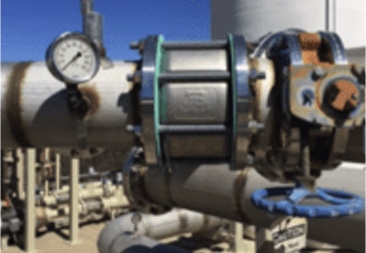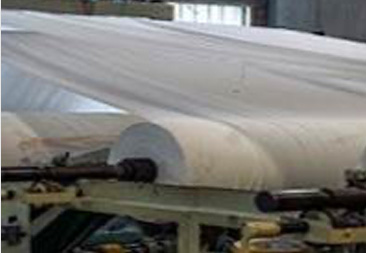Check Valve Applications for LNG Service
What is LNG
Natural Gas comes right out of the ground during the process of extracting crude oil. LNG basically is natural gas that has been cooled to a liquid state and is comprised of mostly Methane. During the liquefaction process, natural gas is cooled to around -260°F (-162°C) at atmospheric pressure, which causes it to condense into a liquid. This liquefaction process removes impurities and allows for more convenient storage and transportation.
How is LNG made?
Raw natural gas enters the process system where impurities are removed. The cleaned gas is then chilled and distilled to remove some more of the natural gas liquids. This partially refined gas is then liquefied to remove the nitrogen gas. The final liquefied natural gas then goes to a storage area before it is transported to its final use destination.
Key Takeaways:
-
What are check valves?
-
Some basic things to know about LNG
-
Check Valve Applications
-
Valve Materials of Construction in LNG service
-
Where valves should be installed
-
Sizing valves (and why that is VERY important for ALL valves)
-
Industry Standards and Specifications
-
Q&A
Presented by:
Arie Bregman, Vice President and General Manager, DFT Inc.
Arie Bregman is a highly respected authority in the valve industry, with nearly five decades of experience. His career began in 1976 with Nibco and includes significant roles at Jamesbury, Metso/Valmet, and DFT, where he contributed his expertise until his retirement in 2022.





